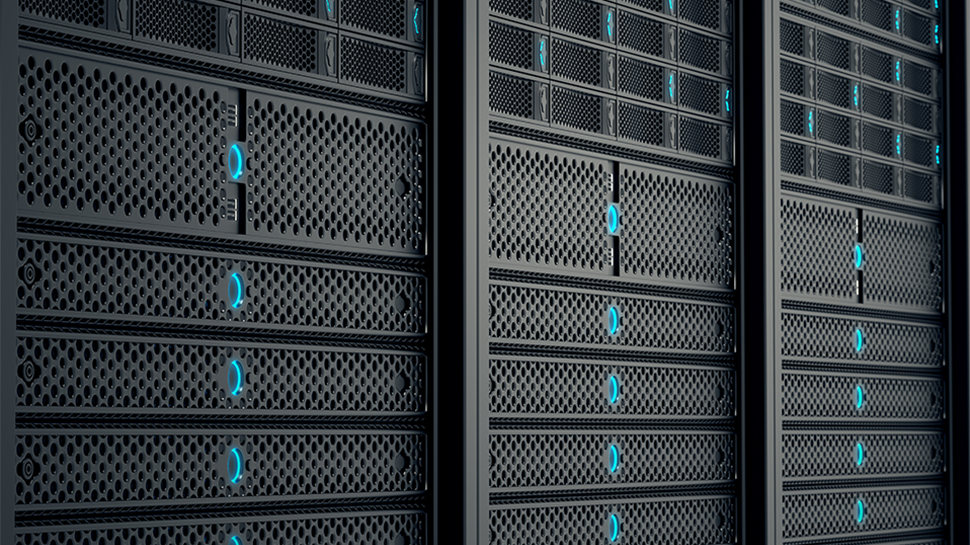You might have heard about big tax breaks on heat pumps, solar panels and electric vehicles. Those aren't the only opportunities to get a discount on your next home efficiency project. Items like electric stoves, home insulation and efficient HVAC systems are also eligible for new state-level rebates.
The rebates aren't available everywhere yet, as money from the federal Inflation Reduction Act continues to flow to states, which are setting up their own programs.
"It's just making its way out there," said Clement Feng, vice president of marketing at Briggs & Stratton Energy Solutions, which manufactures equipment like engines and home batteries.
The programs have already rolled out in several states, including New York, Wisconsin, Maine, Georgia, California, Arizona, New Mexico, Colorado, Rhode Island and Michigan, with many more launching soon.
Here's your guide to figuring out what your state offers, and how to take advantage of it.
What kinds of home energy improvements are eligible for rebates?
Generally speaking, the new state rebates support improvements that make your home more energy efficient, either by improving insulation or upgrading heating equipment. Some of the rebates also apply to cooking equipment, like electric and induction stoves.
As they set up their programs, each state can choose which types of products to subsidize with rebates, according to Feng. The federal government has set some general guidelines, but also given states leeway within that to design their own rebates.
In New York, for example, the rebates are available for insulation and air sealing, heat pumps for space and water heating and electrical upgrades to support those improvements, according to the state's energy agency. In Wisconsin, the rebates similarly apply to insulation and heating and cooling equipment.
How much are the rebates worth?
It depends on your income.
Many of the states are focusing their programs on low- and moderate-income households, which means you'll have to submit an application outlining your financial standing to see how much you qualify for.
Feng said some low-income households will qualify to have 100% of a project cost covered by state rebates, while higher-income households might only qualify for a 50% rebate. Often, there are also caps on the total potential rebate available.
Does my state have rebates for home energy improvements?
The best way to find out is to check the federal government's nationwide map of home energy programs, which tracks the rebates as they come online.
Check the map for an updated status on your state.
How can I get a rebate for home energy improvements?
If your state is running a program, you'll want to start on the state government's energy website (which you can find linked in the federal map).
From there, you can find out what types of rebates are available. If you're interested in accessing a rebate, you'll likely have to fill out an application on the state website with some personal and income information, to make sure you qualify.
Then, you'll be directed to choose a qualified contractor who the state has vetted, and who knows how to apply the rebate at the point of sale, Feng said.
When you're looking at the state website, you'll probably notice that "the largest rebates come with the most expensive equipment," like HVAC equipment or new insulation, Feng said. A more accessible place to start might be with a new electric stove, for example.
The programs are just starting up, and have many millions of dollars to work with, Feng notes that they will eventually run out of money. "Once the money is used up, then the program is done," he said.
So if you're considering a home energy improvement, now is a great time to look into your state rebates and take advantage of the savings.
What other money is available?
Plenty. The federal government's own discounts on home energy equipment are the most generous they've ever been.
If you're in the market for a heat pump, the Inflation Reduction Act gives out a 30% tax credit, up to $2,000, for a heat pump that meets certain efficiency standards.
Rooftop solar too, is eligible for that 30% tax credit, to say nothing of the many state-level solar incentives that are available.
If you've got your eye on an electric vehicle, the federal government is giving out a tax credit worth up to $7,500 for new cars, and $4,000 for used ones.
Even after the federal and state rebates, there might still be more money on the table. Check with your city or county government, as well as your utility company, for additional incentives.









 English (US) ·
English (US) ·